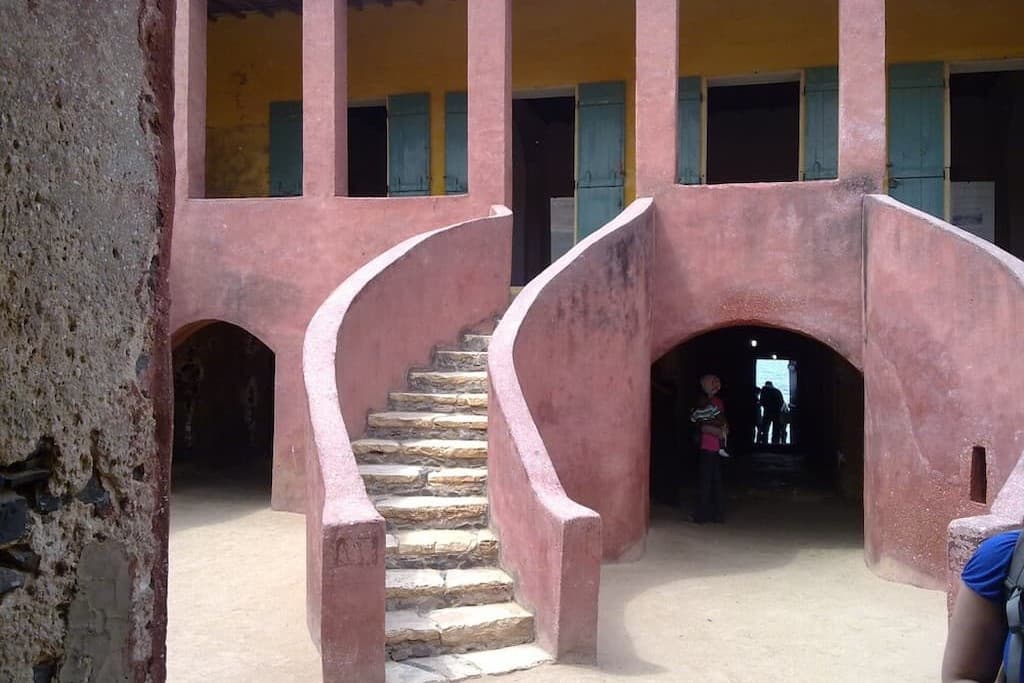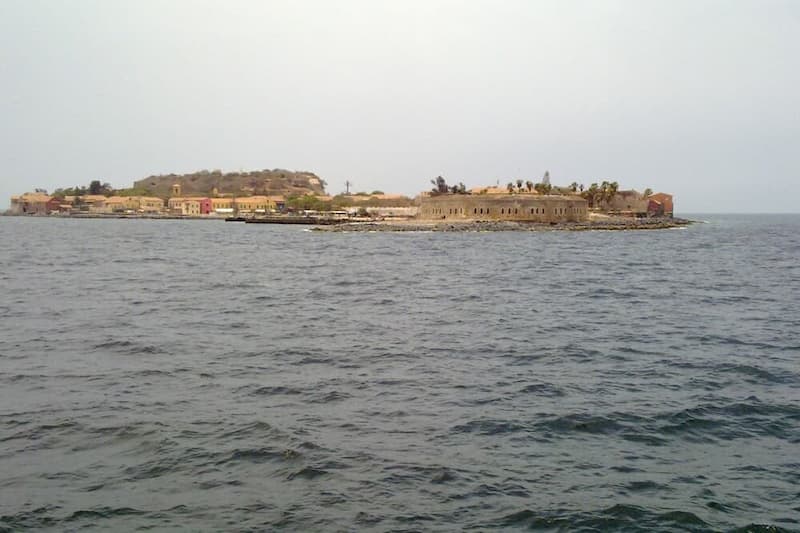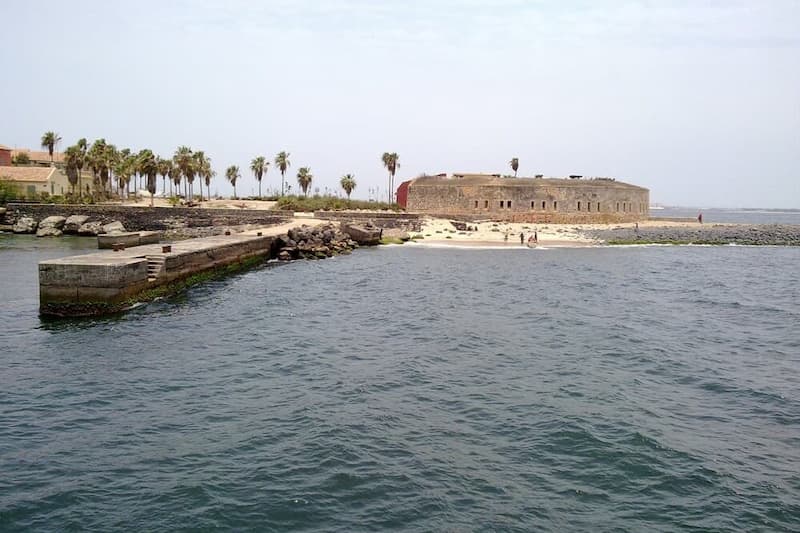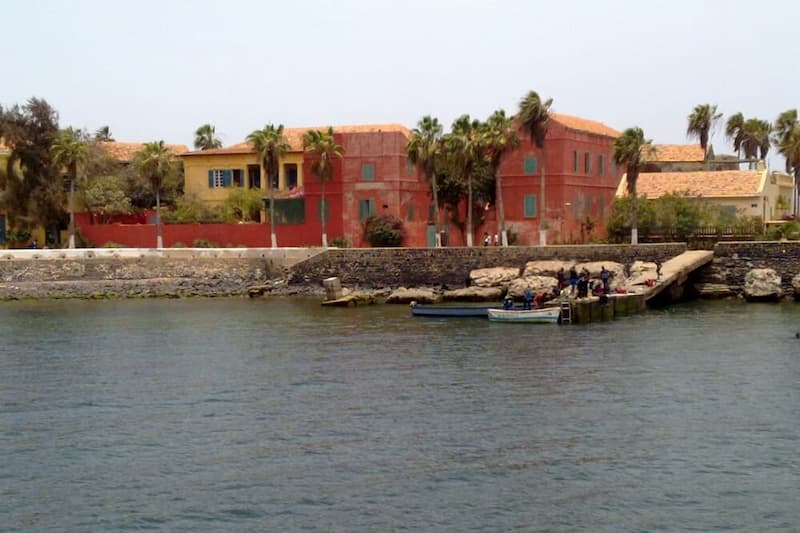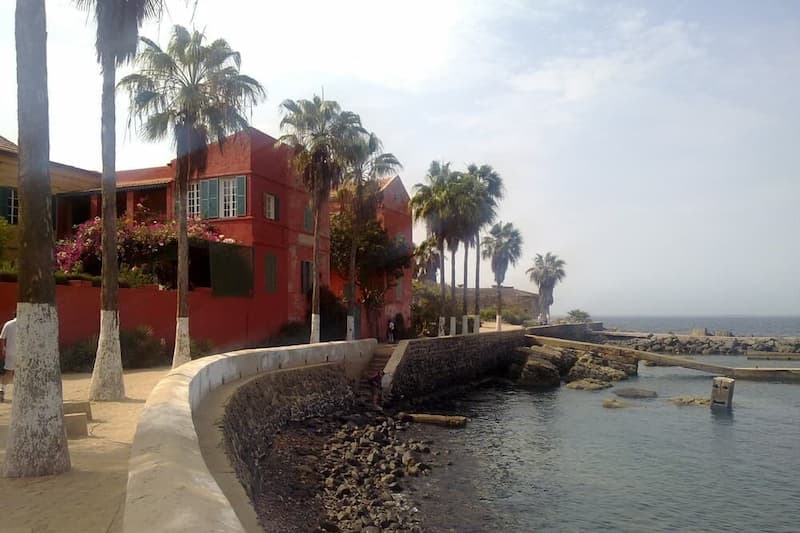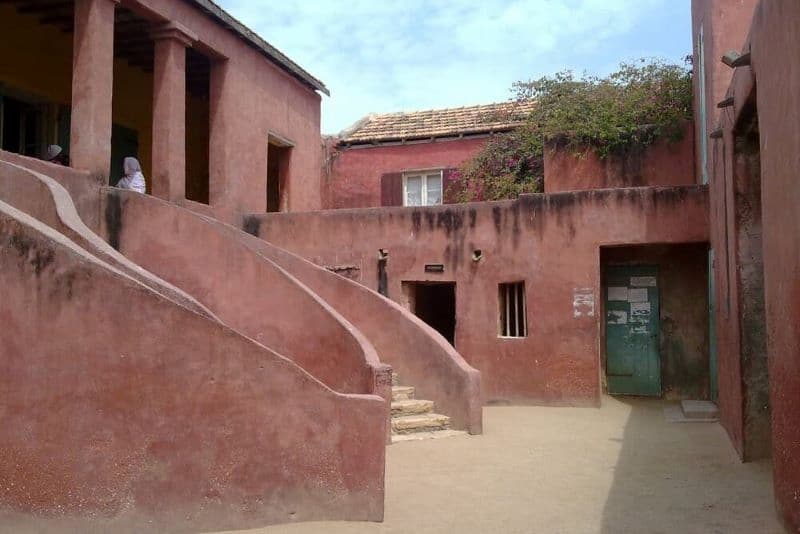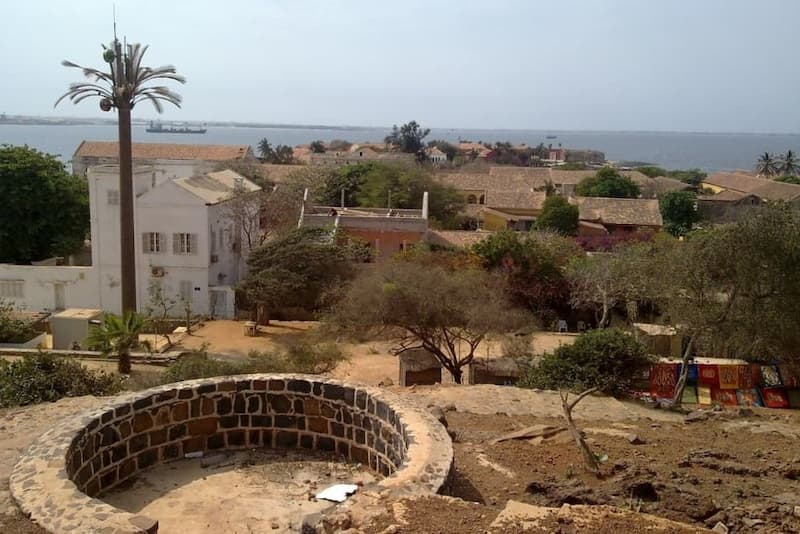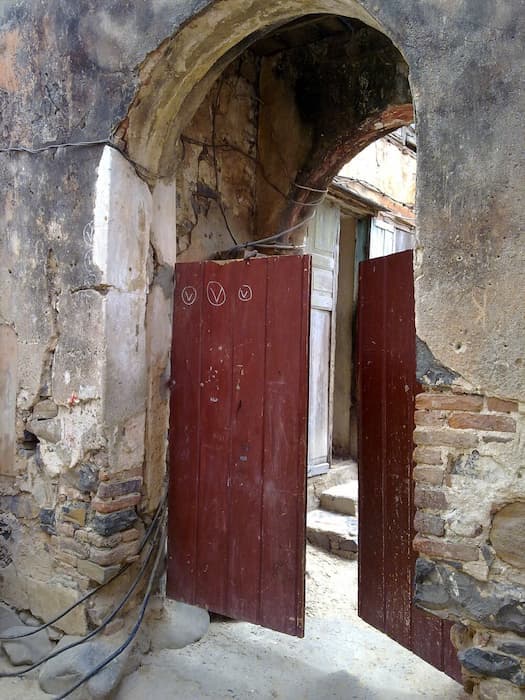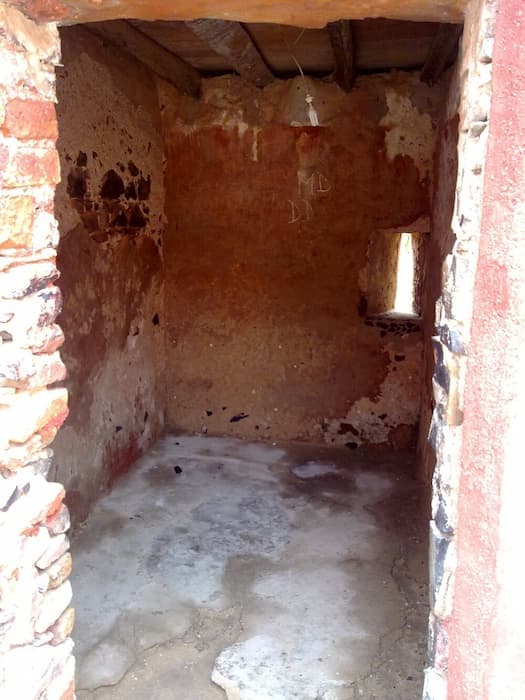By Niyi David
While the role played by Île de Gorée (Gorée Island) in the slave trade has been disputed by scholars, the fact that it is one of the major tourists’ attractions in Senegal cannot be contended.
Presently one of the 19 districts of Dakar, Île de Gorée is a volcanic rock island of about 28 hectares lying 3km away from the coast of Dakar. Portuguese sailors led by Dinís Dias were the first to visit the island in 1444, before occupying it in subsequent years after displacing the indigenous Lebu people.
Île de Gorée became active in the Transatlantic Slave trade from 1536 until the eventual abolition of the trade in 1848, although historians and scholars have argued over the actual extent to which the island was involved in the slave trade.
Over the years, Île de Gorée exchanged hands first between the Portuguese and the Dutch, before the British and the French joined the fray, taking and ceding ownership. However from the later part of the 17th century the French held control of the island which they occasionally yielded to the British mainly during the wars between both of them.
One of the main attractions in Île de Gorée is the Maison des Esclaves (House of Slaves) built in 1786, and its Door of No return. In 1962, the House of Slaves was opened as a museum. Three other museums on the island include: the IFAN Historical Museum situated on the northern end of the island, Musée de la Femme and the Maritime Museum.
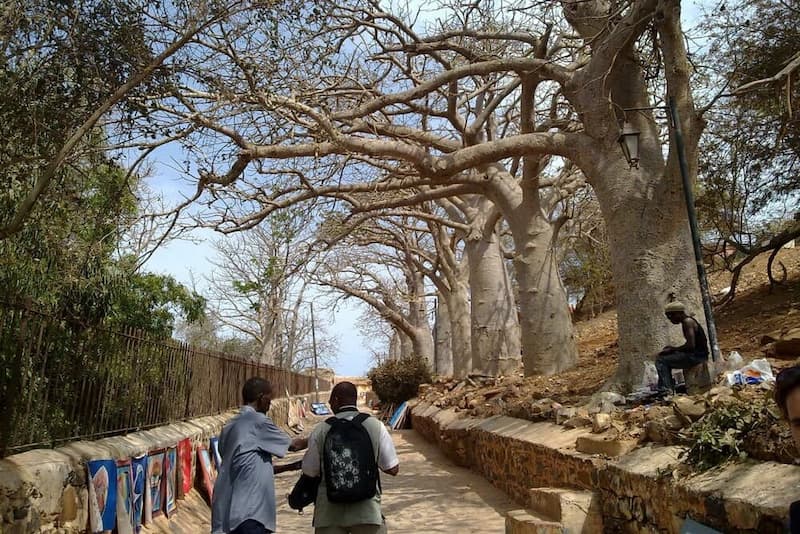
In recent years, several top and important dignitaries across the globe have visited Gorée Island. Among them were former US Presidents Bill Clinton and George W. Bush, the late Pope John Paul II and Nelson Mandela.
According to UNESCO Criterion (vi): “The Island of Goree is an exceptional testimony to one of the greatest tragedies in the history of human societies: the slave trade. The various elements of this “memory island” – fortresses, buildings, streets, squares, etc. – recount, each in its own way, the history of Gorée which, from the 15th to the 19th century, was the largest slave-trading centre of the African coast.”
In 1978, Île de Gorée was designated a World Heritage Site, becoming the first world heritage site in Africa.
